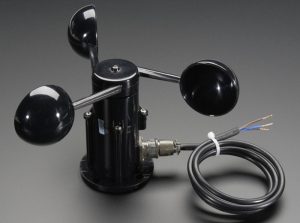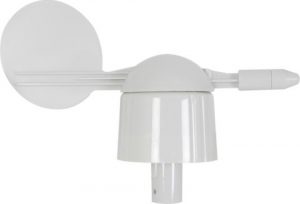 The earth’s atmosphere and air around us is always moving. The Wind is simply moving air. Sometimes it moves slowly creating a gentle breeze. Other times it can move faster creating stronger, more powerful winds. We cannot see the wind, but we can see what it does to trees outside. If you are outside on a windy day you can sometimes feel the wind on your face. It may be so windy that it is difficult to walk. Both the direction and speed of the wind should be measured for weather observations.
The earth’s atmosphere and air around us is always moving. The Wind is simply moving air. Sometimes it moves slowly creating a gentle breeze. Other times it can move faster creating stronger, more powerful winds. We cannot see the wind, but we can see what it does to trees outside. If you are outside on a windy day you can sometimes feel the wind on your face. It may be so windy that it is difficult to walk. Both the direction and speed of the wind should be measured for weather observations.
One of the oldest pieces of equipment used to measure weather is a wind vane. This wind or weather vane is usually made from a strong material, (like metal) and placed above ground, usually on top of a building. The wind vane will show clearly the 4 principal directions of the compass: North, East, South and West, and have a moveable arm that can point in any direction. Once true north is known (using a compass), the wind direction can be found by looking at the direction the arm is pointing from. For example, air moving from east to west will create an easterly wind.
Another way to find out wind direction is by using a wind sock which you may have seen at airports or airfields.
 Wind speed can be measured in miles per hour, kilometres per hour and by knots. The wind force can be identified using the Beaufort scale, which divides wind speeds into 12 forces. Force 0 means calm, Force 4 is a moderate breeze; Force 8 is a gale, while the maximum is hurricane force 12.
Wind speed can be measured in miles per hour, kilometres per hour and by knots. The wind force can be identified using the Beaufort scale, which divides wind speeds into 12 forces. Force 0 means calm, Force 4 is a moderate breeze; Force 8 is a gale, while the maximum is hurricane force 12.
The wind speed is measured using an anemometer. Most weather stations measure wind speed using a spinning cup anemometer, which rotates depending on the wind.
Find out more about very powerful winds on the extreme weather pages